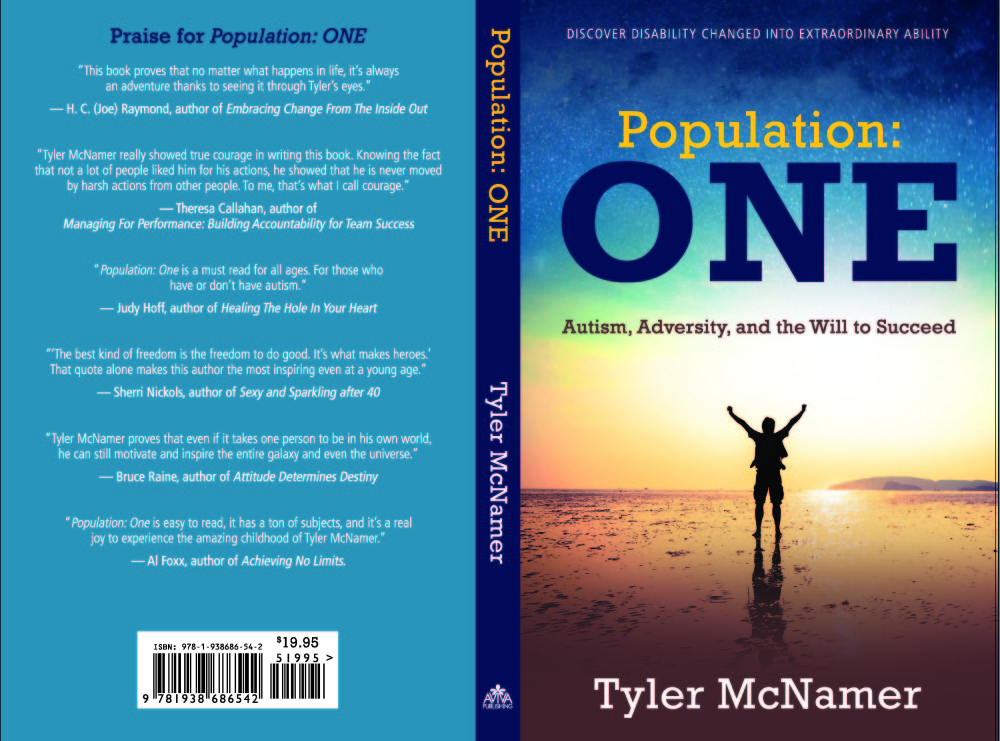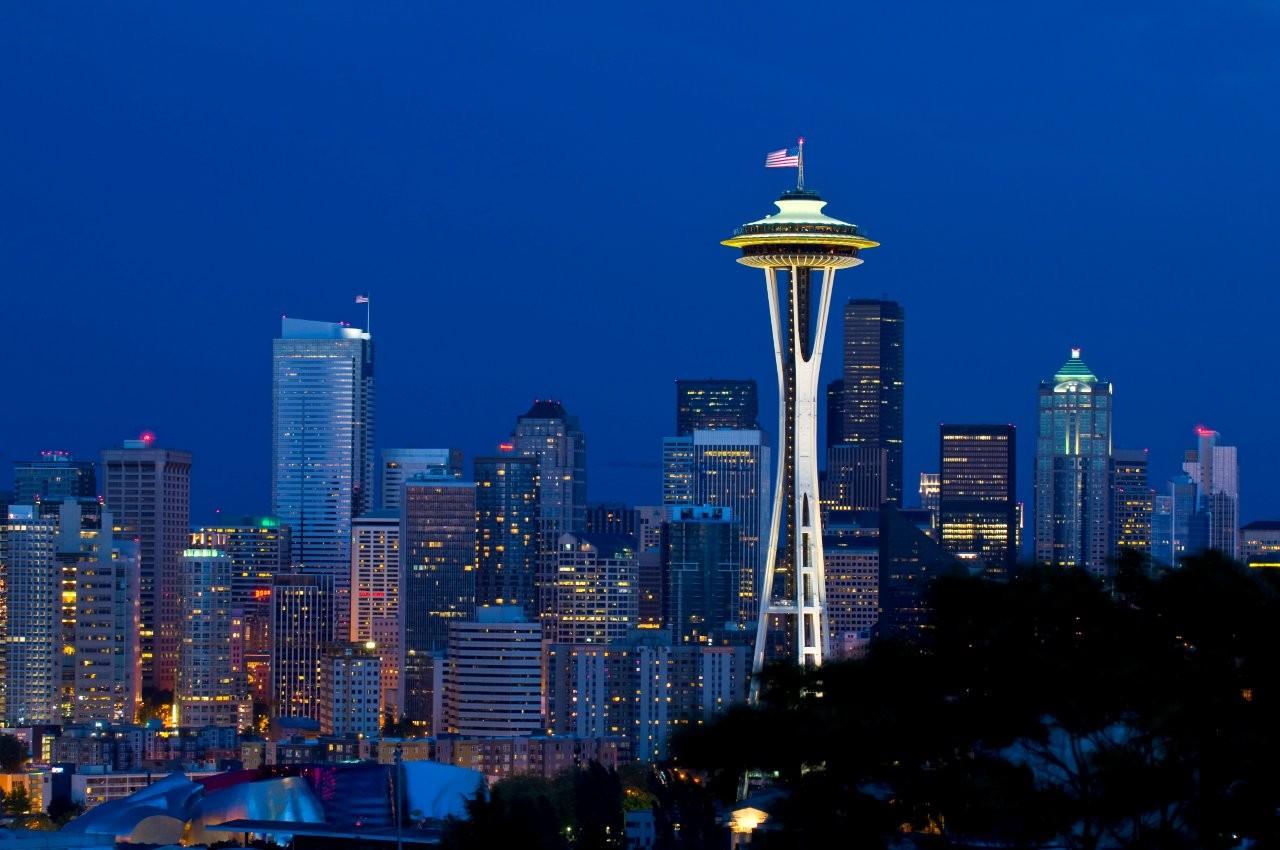https://www.youtube.com/watch?v=pgAHP4M84ZE
WARNING! THIS VIDEO AND BLOG POST CONTAINS GRAPHIC MATERIAL THAT MAY BE DISTURBING TO SOME VIEWERS. PARENTAL DISCRETION IS ADVISED!
Meet Azusa Hayano. He is a geologist that studies volcanic eruptions and the plantation at the foot of Mt. Fuji. He became a part of a documentary about the infamous suicide forest called the Aokigahara Forest.
Sometimes I get fascinated by very creepy locations all over the world. Abandoned amusement parks like the Spreepark in Germany, a left to rot island known as Hashima Island or Gunkanjima, and other places that give me the tingling spine.
I stumbled over the word (青木ヶ原) Aokigahara and got very curious about what it is, and it turns out it is a forest next to Mt. Fuji. But the sad and creepy part is that it’s a very popular location for suicides. The deaths were so bad that they had to have signs that try to prevent suicides such as “think of your family” and “life is precious”. It makes me sad seeing this beautiful forest being a place for the corpses. It is a disturbing topic even for me, but there is something about this documentary video that truly fascinates me.
It was the man in the documentary that got my full attention; Azusa Hayano.
- I do not see any well known T.V. celebrities
- I do not see any soldiers doing what they can for their country
- I do not see any licensed motivational speakers
- I do not see any writers
- I do not see any priests
- I do not see any super heroes
All I see is Azusa Hayano; a geologist that studies volcanic eruptions and the plantation of Mt. Fuji… and something else.
In the video, he discuses what he saw when coming to the forest. He pointed out an abandoned car that has been left out for months and months. It’s a sad reason why it’s been abandoned.
Next part is when he showed us the signs preventing the suicides. I personally could not believe they had to put up signs for that. If Aokigahara is known for that, then I have virtually found one of the saddest places in the world. Most of you already watched the video, but I would like to take the time to type out what I’ve learned from Mr. Hayano.
The forest held some of the most deepest and darkest secretes about weather or not people want to die. Tents, tapes, messages, signs, signals, and anything that doesn’t involve a noose is what Azusa would say that they are still undetermined weather or not they want to die. He told us that he met a person that tried to hang himself. The other person said that it was too painful and he did it with his feat touching the ground. Azusa told him not to do it again and the guy had a long talk with him and swore not to ever do it again. He calmed down he said and didn’t feel like dying.
A yellow tent was later shown in the middle of a path not for the locals. Azusa approached the tent and then a conversation occurred between Mr. Hayano and the man in the tent.
“Are you okay?”
“Yes.” *zips up and hides inside the tent*
“You’re not aloud to camp here.”
“I’m sorry.”
“I’m the Natrual Guard… I’m on suicide patrol. How long are you staying?”
“Until tomorrow.”
“Do you have food with you?”
“Yes, I do. I’m sorry.”
“I just hope you’re okay. I’m just trying to prevent suicides. Please take this way back.” *points right*
“I’m sorry for the trouble.”
“Take your time to think, be positive. It was nice meeting you.”
The more they talked, the more Azusa saw the man’s spirits slowly getting back. But his heart still felt sick; he was worried about the man in the tent and wanted to help. I believed that the more Azusa went on exploring the forest, the more discoveries he found in the world he sees. He made a statement that says:
“I think the way we live in society these days has become more complicated. Face-to-face communication used to be vital, but now we can live our lives being online all day. However, the truth of the matter is we still need to see each other’s faces, read their expressions, hear their voices, so we can fully understand their emotions. To coexist.” – Azusa Hayano
I truly saw it in him that he said that within his heart, it tells me that anyone can be who they want to be and still have a kind heart. When discussing more about the corpses and how it’s just bones and clothes, he then came up with another amazing saying.
“I think it’s impossible to… die heroically by committing suicide.” – Azusa Hayano
The Samurai did it in honor for they did not want to die by the sword of the enemy. But like Azusa said, it does not show any heroic moment in suicide by honor. If I were to become a legendary Samurai warrior, I would live on and will keep fighting till the end. Luckily, I am not like the Samurai. I will not kill. If there are many things I have learned about the Samurai, one of them is the Seppuku; the name for the suicide ritual. Sad for them to give it a name. In my theory, I had the thought of this as a cowardly act in order to not get killed by the enemy. For that I feel very sorry for the warriors. Azusa was right when it’s impossible to die heroically by Seppuku. In the modern times, death by sword is optional, now there are many ways to die by one’s self. All of it is done with no heroic action at all. It gives out pain to others all around no matter who it is. Those who have a kind and sweet heart like Azusa Hayano would think about others and all the troubles that go on daily, which is why we face them all like heroes and heroines.
At the end of the documentary video, Mr. Hayano saw flowers, chocolates, chips, and a book. Believed it’s all from the deceased’s family, he made one last statement which was his final words on the video.
“You think you die alone, but that’s not true. Nobody is alone in this world. We have to coexist and take care of each other. That’s how I feel.” – Azusa Hayano
What else can I truly say about that? Mr. Hayano gave me the vision of the entire world filled with life; human life. The species lives on forever since the beginning of the entire life cycle… unfortunately our kind is not enough for our same kind. People can be picky on who to coexist with who and I had to undergo ultimate rejection by others who were the same age as me. It’s all in the “autistic” symbol that makes most people back off. In reality, I can be like everyone else. Nobody is alone in this world. We all have to take care of each other… to coexist as a population of one. I want to point out the part where he said: “That’s how I feel.” Once he said those four little words, I easily found his heart in doing the documentary. He didn’t have to say those kind words on camera or even end it with “That’s how I feel.” He would of said hardly anything when encountering the flowers, chocolates, and all the other things the family placed for the deceased person in the forest. But I saw his heart into his words. Especially when he wanted to help the man in the yellow tent.
I have been writing my book Populaion: One Autism, Adversity, and the Will to Succeed for a while, and after writing the manuscript I came across this man on the internet. I always think it’s wrong to find things interesting on the web. It’s unnatural for humans to discover new things just on a screen. He said earlier that people can coexist by hearing each other, seeing, each other, touch each other such as shaking hands and hugging. All of these social discoveries I want to discover for myself as well as seeing new things in the real world. Meeting Azusa Hayno and give him a hug for being such an inspirational man. Because he doesn’t experience volcanic eruptions on a computer, he studies them because that’s his job and that’s what he wants to do.
I can really relate to this man because before seeing his video documentary I did something that’s a little similar. It was at The Grand Night Out; a party after graduation. I was on a boat back to Bainbridge and wanted to look around outside the boat, bow and stern. When I was looking around, I found two people alone outside. The two individuals used to go to my grade school almost all the time so I was familiar to them. They looked a little lost, sad, and upset. I wanted to help.
“Excuse me friends, you two look lonely out here. Wanna go inside and play some games, eat, drink, and dance a song or two?”
“We’re talking!”
“Okay. Sorry about that. I am here to help. Take care now.”
Then I went back inside. I didn’t really see them talk as much really. It seems that it is true that people know how to think of many ways to say “go away” instead of talking about what is going on. I always feel like I want to help people have a good time. I saw kids inside having a great time with happy faces, and whenever I see others with no happy faces then it makes me sad. I can almost tell when people aren’t happy. My parents can easily tell, then I put my experiences in comparison to my peers. “I am here to help” is what I always want to do.
There are many people who “started out with nothing”. It bothers me because the deffinition of that is usually poor and come from a harsh environment. Others who are born rich are well known and seems like they are somebody to the world. It made me came up with:
“Everyone starts out with nothing. Nothing but souls.” – Tyler McNamer
Doesn’t matter if we are rich, or poor, we are all the same. No one is alone in this world.
“I think the way we live in society these days has become more complicated. Face-to-face communication used to be vital, but now we can live our lives being online all day. However, the truth of the matter is we still need to see each other’s faces, read their expressions, hear their voices, so we can fully understand their emotions. To coexist.” – Azusa Hayano
This is to the Aokigahara Forest. We all must coexist peacefully. I am sorry for the troubles that happened to the individuals that died in the forest and I am very sorry for the loved ones that lost their friends and family members in the forest. I want everyone to learn from the geologist Azusa Hayano; his thoughts, wisdom, and kindness in a certain documentary video about the Aokigahara.
Life is truly the reason why we exist. It keeps us alive. I am one of the individuals that can help see the fact that everyone can come together as a population of one.




